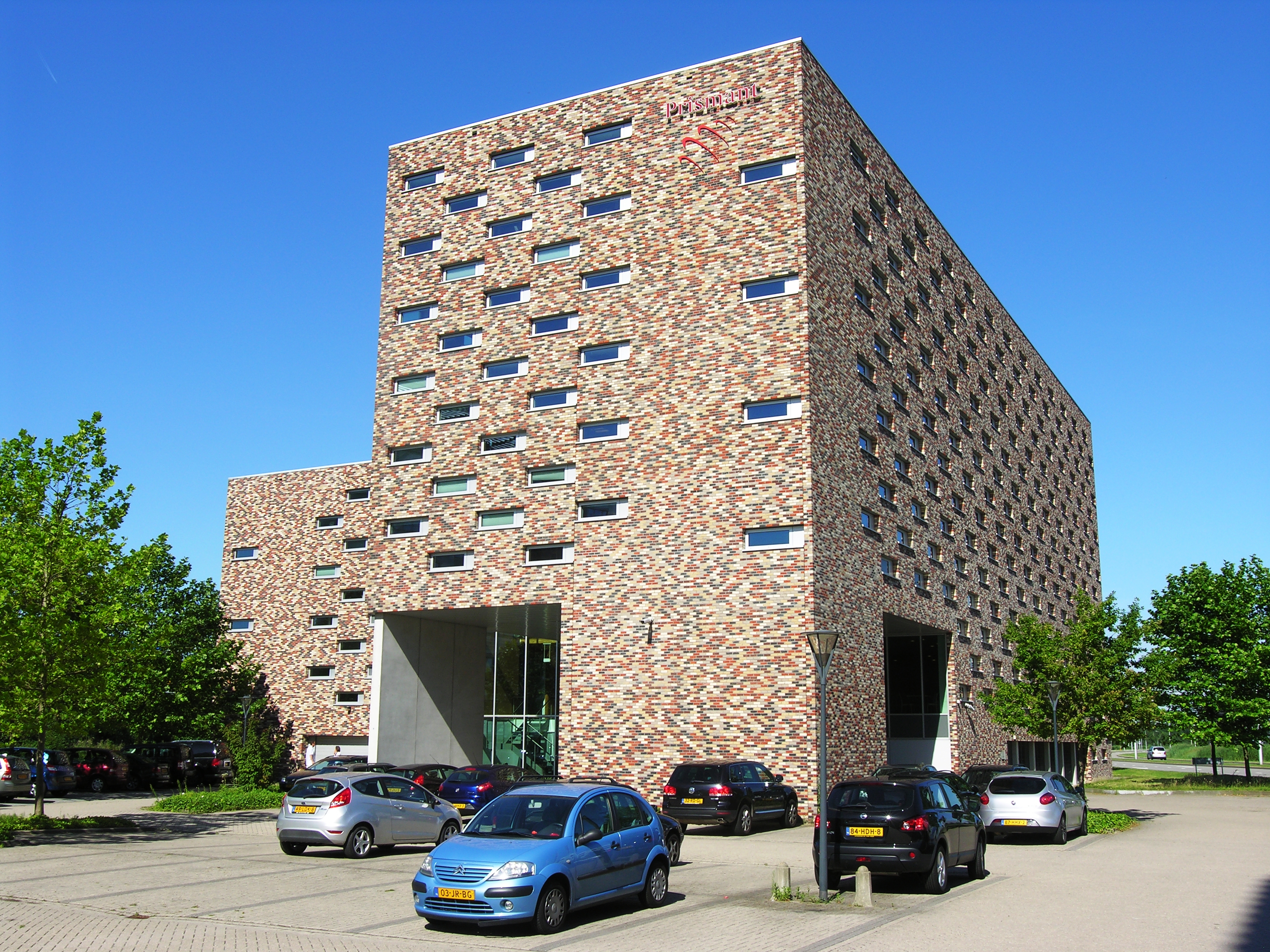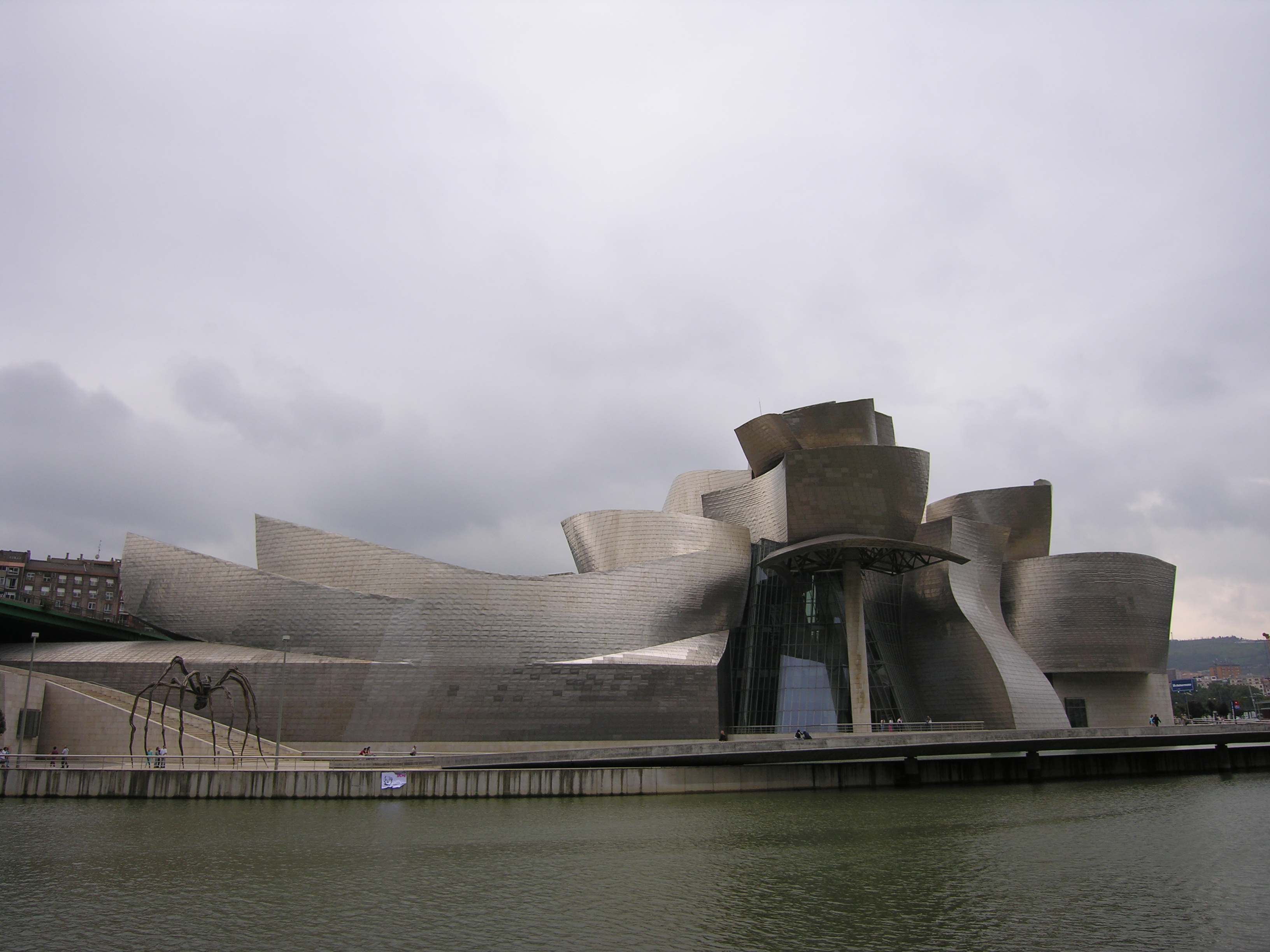A short post for All, and for None. Whether you like it, or not.
If you got the reference (*sigh*; here, for the outitiated)
you may read on
Else
#include <complex.h>
Endif
Where there’s a line from the Classics, the pre-Socrates ones and later literary additions (like these, and this one and this one, and many others), straight towards Hegel. Overtaking Nostra, it would appear.
(Read on below)
But appearances may be deceiving. Though all the talk about the End Is Nigh And We Should Celebrate Because It’s The Singularity (beyond the rosy picture, blindly (sic) denying the dystopian view), indeed the Singularity is what Hegel dreamed of. History as the progress of Reason; pure, abstract, everywhere; everywhere overturning the other half of the Yin-Yang that the Everything is …
But then, not only can one not shut out the original Chaos force of nature part of Everything, and of humanity or it will boomerang back in your face (the more suppressed, the harder it detonates in unthinkably gruesome ways!), the Yin-Yang comparison is apt as each of the halves has a dot element of the other half in it.
And, it’s not only Eastern (huh, that’s a relevant reference isn’t it, on a globe…?) wisdom at the core that has this, but it’s the Greeks et al. as mentioned above, too, that demonstrate these principles over and over again in aptly named tragedies. Of humanity. Where catharsis comes too late. And the careful analyst learns that it’s not human emotion that has galloped beyond humility and due (Aristotelian) care, but reason dumbed down by overconfidence in its efficacy to rule over life. Commenting Hegel down quite a few pegs, very very anachronistically.
Because he (his straight path to Reason) doesn’t take into account the Yin-Yang. Because it doesn’t truly understand Hybris. As a human trait, on any side; not only on the Dionysian but especially (it seems, these days, again…) also on the Apollo side.
[I’m done with the wiki linking. Go figure it out yourselves if (big if) you’d have to.]
Oh well. History repeats. Just don’t fall for it. Remember; you’re scared when a couple of blocks down the street there’s a big kitchen fire. You’re not scared about the Sony hack – see that you should, given that on the ‘net it’s closer to you than that kitchen ..? Same, with the jobs that will be gone in a decade (and your kids are still learning how to do them) whereas it’ll affect your current job as well. Even Uber drivers picking up the morsels handed out by algorithms à la the new middle managers, are going to be replaced with self-driving cars. Etc.
Be Prepared. (Luck favours the prepared.)
And keep an eye open for the future; you’ll have to live there. Better make it comfy – yourselves! for yourselves, for the global village that society has become (no more isolation and dropping the collateral damage elsewhere possible, with global environmental effects). Physically, and mentally. As above.












![20140917_092605[1]](https://maverisk.nl/wp-content/uploads/20140917_0926051.jpg)

